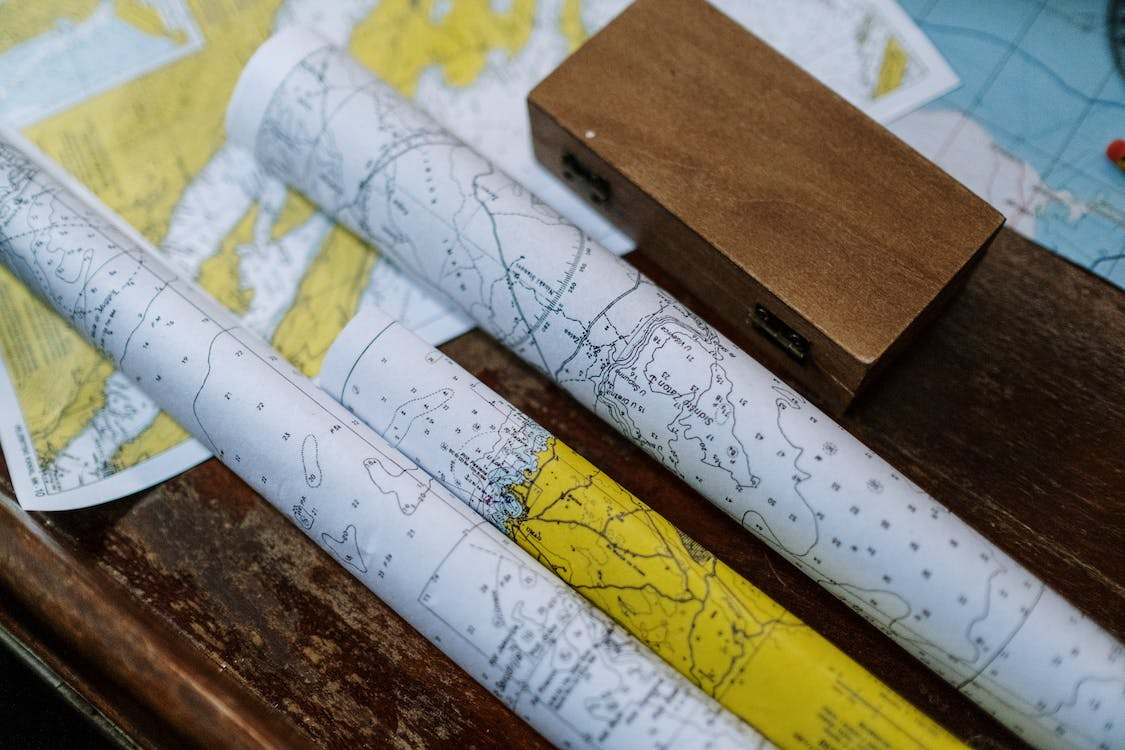Data visualization is a powerful tool that transforms complex information into visually digestible forms, enabling us to uncover patterns and gain insights. As the demand for effective data visualization continues to grow, the global data visualization tools market has reached a significant milestone, with a valuation of $7.4 billion in 2021. Among the various methods of data visualization, interactive maps stand out for their ability to combine geospatial information with interactivity.
In this blog post, we’ll explore the fascinating world of interactive maps in data visualization. Unlock the secrets of their powerful impact as we uncover the multitude of benefits they offer, discover ingenious techniques for creating them, unravel the mysteries of best design practices, and peer into the exciting future trends that lie ahead.
Understanding Data Visualization
Data visualization involves representing data graphically, facilitating a deeper understanding and analysis of information. Unlike traditional tabular representations, visualization provides a holistic view and makes it easier to identify trends and outliers, which helps individuals grasp complex datasets more intuitively.
The Power of Interactive Maps
Interactive maps take data visualization to another level by incorporating interactivity and geospatial information. Unlike static maps, interactive maps enable users to dynamically explore and engage with the data. By zooming, panning, filtering, and customizing the displayed data, users can interact with the map and gain a more immersive experience.
Interactive maps offer several advantages in data visualization. First, they effectively convey spatial relationships and patterns, enabling users to understand geographical distributions, clusters, and connections. For instance, you can create a map with zip codes to visualize demographic variations across different regions. By harnessing interactive features, users can explore intricate details, uncover hidden insights, and gain a comprehensive understanding of the dynamic interplay between data and geography.
Secondly, interactive maps empower users to explore data in real time, adjusting parameters and uncovering insights by toggling layers and adjusting filters. Lastly, interactive maps facilitate data storytelling, as users can interact with the data and draw their own conclusions.
Techniques for Creating Interactive Maps
To create interactive maps, it’s important to consider data preparation and the availability of geospatial data sources. Once the data is ready, various tools and platforms can be utilized to build interactive maps. These tools offer functionalities for data visualization, interactivity, and customization.
By following a general process of importing or acquiring geospatial data, choosing a suitable mapping tool or library, defining the data attributes, customizing the map appearance, and incorporating interactivity features, you can create your interactive map with zip codes or any other relevant data.
Best Practices for Designing Interactive Maps
Design is a pivotal aspect of crafting impactful and captivating interactive maps. Adhering to best practices is crucial to ensuring effectiveness and user engagement. Consider the following factors to optimize the map’s design and deliver a seamless and visually appealing experience:
- User experience (UX): Prioritize user needs and design the interactive map to be intuitive, responsive, and easy to navigate. Tailor the map to the target audience and their familiarity with interactive maps.
- Map design principles: Follow the map design principles by utilizing suitable color schemes that represent the data clearly with sufficient contrast. Incorporate legends and labels to provide context and aid interpretation. Choose the proper font size and style to ensure readability. Choose appropriate map projections and scales to accurately represent the data.
- Interactivity and engagement: Enhance user engagement by incorporating interactive elements like tooltips, pop-ups, and animations. Enable users to customize the view, such as by toggling layers or adjusting filters. Consider incorporating storytelling elements, such as annotations or timelines, to guide users through the data narrative.
- Responsive design: Optimize the interactive map for different devices and screen sizes. Ensure the map is mobile-friendly and adapts to various orientations and resolutions.
Future Trends and Emerging Technologies
The field of interactive maps and data visualization continues to evolve. Keep an eye on the following future trends and emerging technologies:
- Augmented reality (AR) and virtual reality (VR): AR and VR technologies have the potential to enhance the immersive experience of interactive maps. Users can explore data in a three-dimensional virtual environment, gaining new perspectives and insights.
- Machine learning and artificial intelligence: These technologies can automate data analysis, identify patterns, and generate predictive models. Interactive maps powered by AI can provide real-time data updates and intelligent recommendations based on user interactions.
Additionally, AI can analyze user interactions, leading to intelligent recommendations tailored to individual preferences and needs. This fusion of AI and interactive maps unlocks a world of possibilities, enhancing user experiences and providing valuable insights that drive data-driven decision-making.

Conclusion
Interactive maps have become an integral part of data visualization, offering engaging and insightful ways to explore geospatial data. They enable us to uncover patterns, make data-driven decisions, and effectively communicate information. By considering the techniques, best design practices, and future trends discussed in this blog post, you can harness the power of interactive maps to unlock the full potential of your data.













